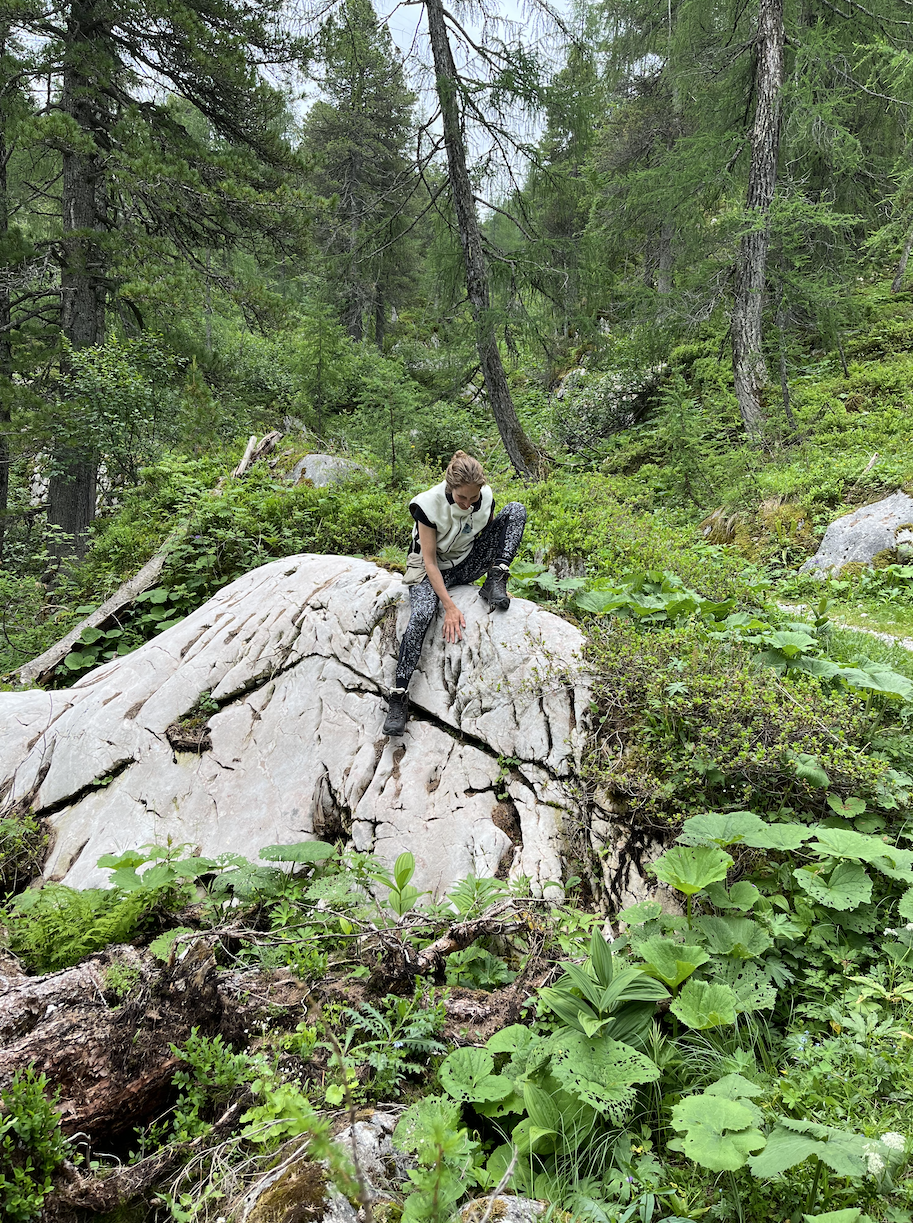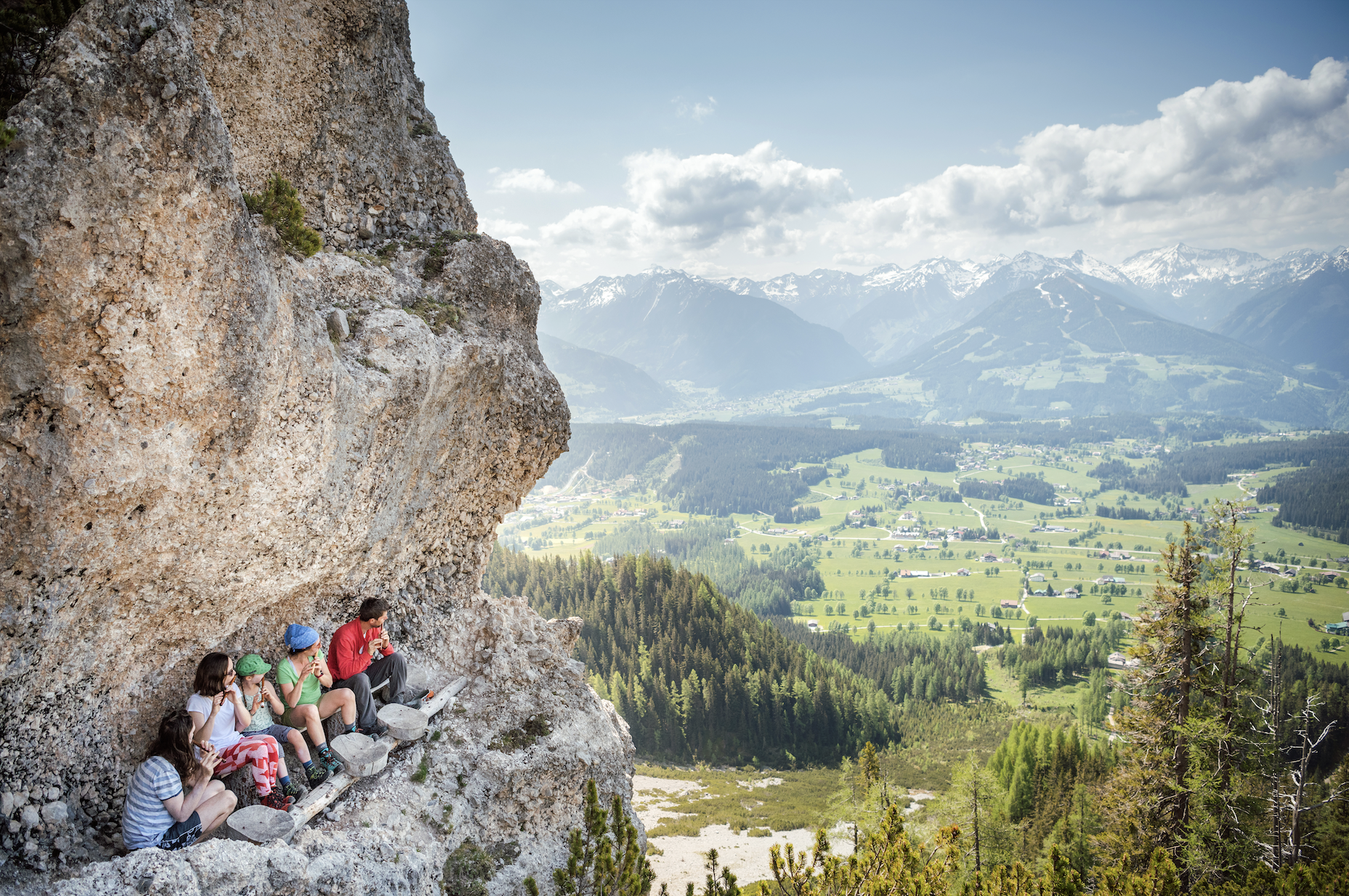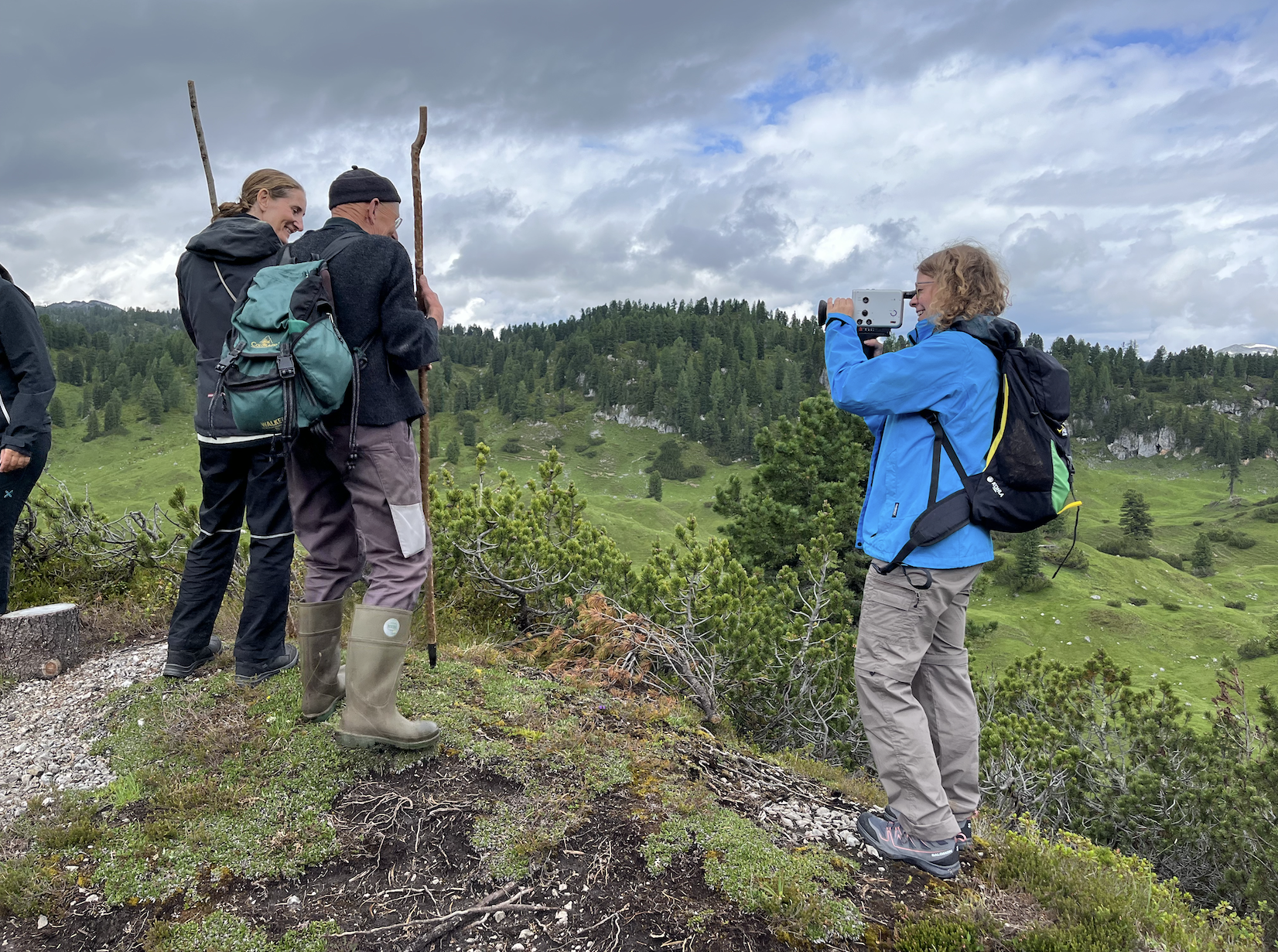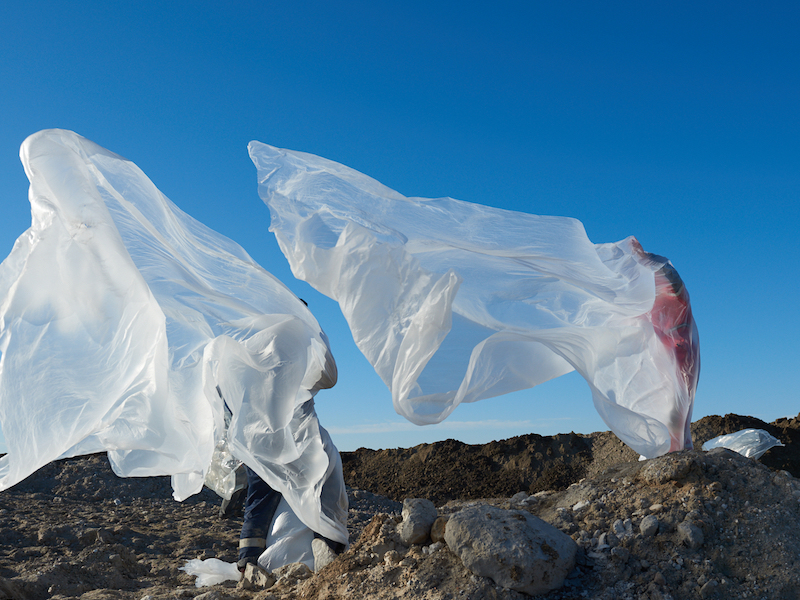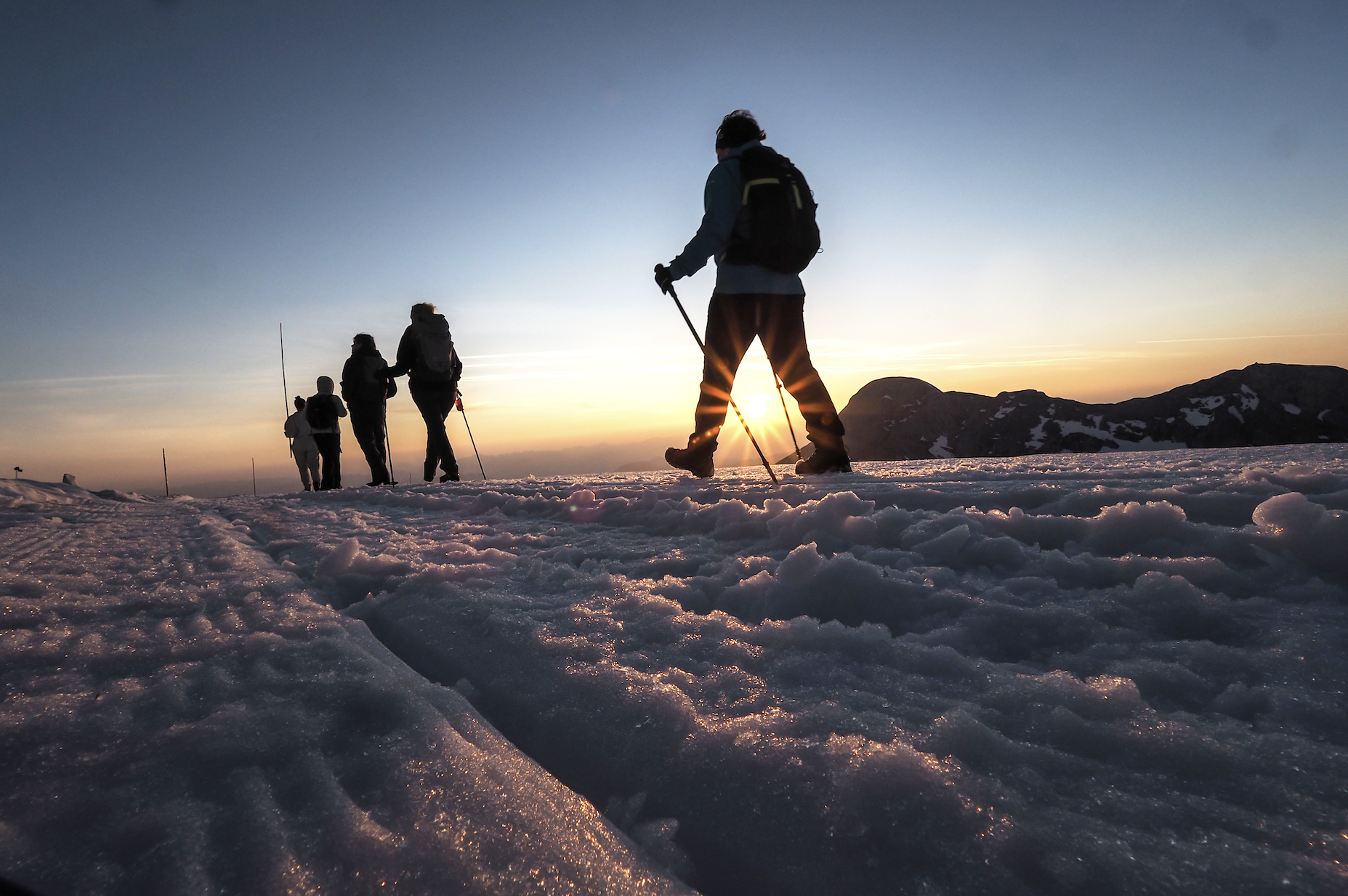
Festival La Strada | Graz, Austria
The Dachstein. The mountain has already been the focus of the project “Hoher Dachstein” by the Chinese Artist Ai Wei Wei in 2010. Since then, the glacier and the Dachstein massif have been at the center of the planning and development of the community art project "Signal from Dachstein" by Festival La Strada. What makes the artistic practices within the field of community art special becomes visible in the context of the project. La Strada has been fascinated by community art projects and their unique approach to the artistic processing of contemporary problems and issues since the beginning of the millennium. Since the foundation of the IN SITU network, La Strada has conceived and realized numerous projects in the field of community art together with international and regional artists within the framework of La Strada and IN SITU. In close exchange with artists, scientists, and the local population, works that deal sensitively and uniquely with current living conditions and challenges in the context of urban and rural regions and thus stimulate new perspectives on the coexistence of people as well as on nature and the environment are created.
In 2010, as part of Ai Wei Wei's project, a four-ton boulder was transported to the top of the Dachstein. The boulder had broken loose from a rock face during a severe earthquake in the Chinese province of Sichuan in 2008. For Ai Wei Wei, it is a symbol of the victims of this quake and the unacceptable way in which Chinese politics deals with disasters. Building on the experience gained from this major project, the focus will now be on the Dachstein Glacier as a unique archive of natural and cultural history. The two Dutch sound researchers and composers Strijbos & Van Rijskwijk, who are also In Situ artists, are the perfect partners for a sound journey along the climate archive. The artist duo's spatial sound installation was the climax of a landscape opera at sunrise on the day of the summer solstice in 2021, which marked the beginning of the multi-year project "Signal from Dachstein". The overtures to the landscape opera, hikes from the valleys around the Dachstein, each accompanied by artists, scientists, and experts on various topics, took place throughout the summer and early fall of 2021. The inhabitants of the Dachstein region participated in the artistic creation process and thus established a clear link to their current living environments. In this way, space was and will continue to be created for joint reflection on the future of the climate-sensitive Alpine region. It was also possible to establish a lasting network in the region and beyond. Finally, the five artists who were invited to continue working as artists associated to the project for four years have a close connection to the region: Marie-Theres Härtel, Christoph Huber, Katharina Pfennich, Christoph Szalay and Stefanie Weberhofer. They were each assigned a renowned artist as a mentor who also has strong ties to the region.
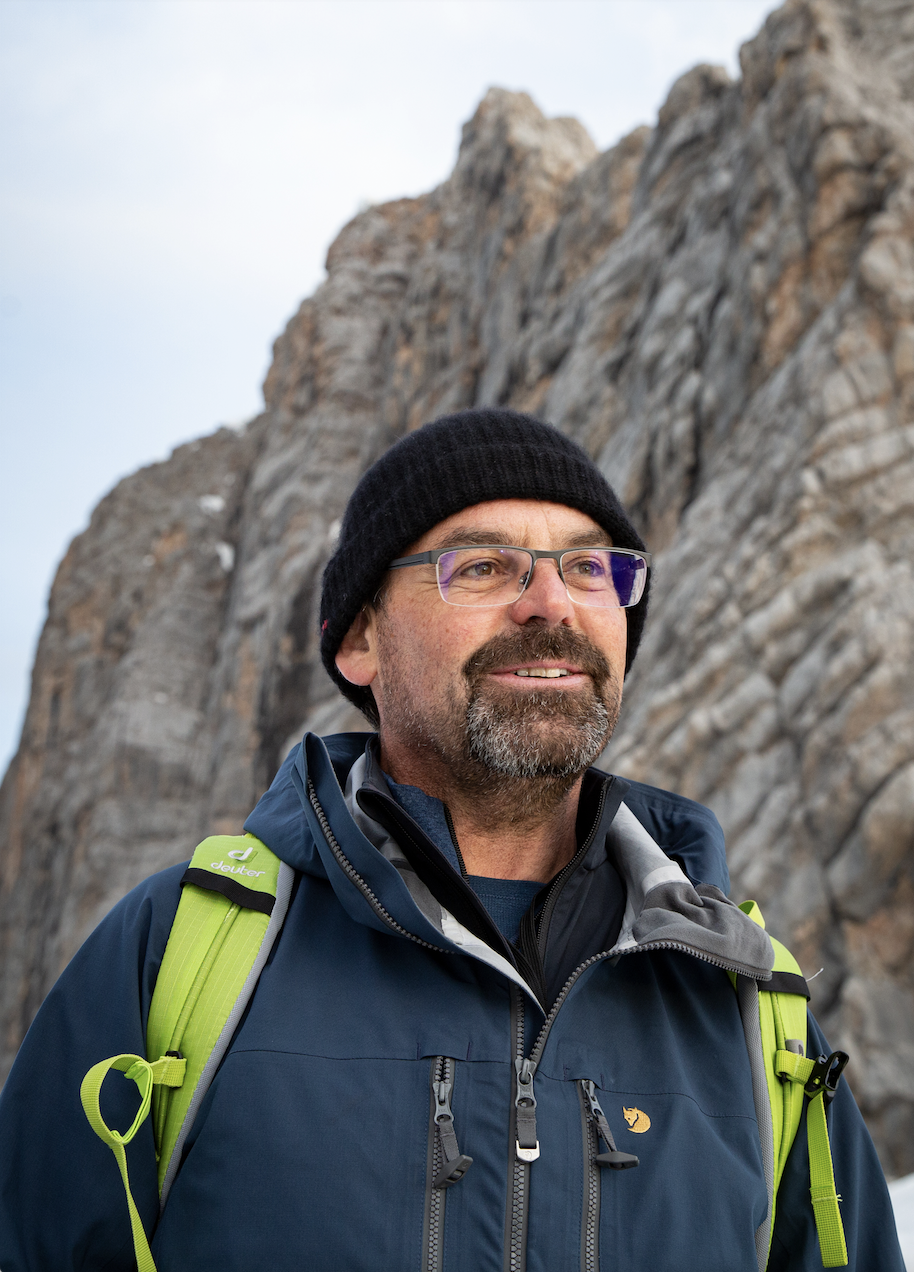
(c) Herbert Raffalt
La Strada’s artistic director Werner Schrempf, who developed the concept for the long-term community art project in the Dachstein region.
With "Signal from Dachstein" La Strada has come a step closer to the goal the festival has been working on for some time: the development and maintenance of regional and international networks and interdisciplinary cooperation with partner institutions, artists, scientists from all over Europe and the immediate region. Since the beginning, a number of regional and international partners have been involved not only in the implementation but also in the development of the project: the municipalities surrounding the Dachstein – Schladming, Haus im Ennstal, Ramsau am Dachstein, Obertraun, Bad Ischl, Gosau, Bad Goisern and Hallstatt. But also partners from the cultural sector and the private industries as well as various associations contribute significantly to the success of the project, such as the Universalmuseum Joanneum with the Trautenfels Castle, the Planai cable cars, the various local groups of the Alpine Clubs and Friends of Nature and also the Mountain Rescue Service. In addition to regional partners, it was also possible to form international ties to other alpine regions and bring the glaciers and their disappearance as well as the associated social and cultural issues to the center of awareness. Colleagues from Norway, the municipality of Meløy with the Svartisen glacier, are interested in the landscape opera project by Strijbos & Van Rijswijk and a content-related and artistic examination of their natural space similar to the long-term project "Signal from Dachstein". For arts and culture, in their unique language, can make large and elusive contexts tangible. As could be experienced at the Dachstein glacier during the landscape opera.
Current signals from the Dachstein
This exchange and the intensive collaboration on the Dachstein massif continued this year: the local artists Marie-Theres Härtel, Christoph Huber, Katharina Pfennich, Christoph Szalay and Stefanie Weberhofer, who are at home in various artistic disciplines and were already involved in the co-creation of the landscape opera with Strijbos & Van Rijswijk in 2021, will continue to work intensively on the further development of their work in the context of climate change, cultural history and regional living environments until 2024, with the support of the La Strada Festival as part of "Signal from Dachstein". They are supported by the renowned artists Toni Burger, Barbara Frischmuth, Peter Gruber, Bodo Hell and Ernst Huber. In addition, In Situ-artists worked on the Dachstein again this summer. The Danish choreographer and dancer Nana-Francisca Schottländer developed a project idea for the coming years during a hike of several days over the Dachstein massif. Strijbos & Van Rijswijk returned to the glacier for new video recordings to complement and further develop their landscape opera, which in the future will also take place in other locations with sensitive natural spaces affected by climate change. Composer and musician Marie-Theres Härtel, one of the five longer-term participating artists in the project, did a residency in May for initial rehearsals of her composition with her band. The owners of the farm and accommodation the residency took place at as well as Marie-Theres Härtel's parents enriched the rehearsals with profound knowledge and years of experience. They explained the way and the origin of the music, taught the band how to yodel and talked about the history of the farmhouse, which probably dates back to the 13th century. In this way, working methods and the cultural and natural history of the region come to life. The path from the first tourism and the economic changes that accompanied it are traced, illustrating the consequences of climate change for their, our, homeland. We approach on the artistic, the scientific and the political level the question of how to live here and how to bring together all the main interested and affected parties so that they can exchange ideas. Because the need for change affects everyone - from cable car bosses and politicians to farmers and artists.
|
Finally, in 2024, "Signal from the Dachstein" will come to its provisional conclusion in the concentrated form of an exhibition at Trautenfels Castle, although of course this will not be the end of the networking and work around the Dachstein. This exhibition in cooperation with the Universalmuseum Joanneum forms the anchor point in a series of events and artistic activities throughout the region. From June 2024 to the end of October 2024, the project "Signal from the Dachstein" will be presented in the Marble Hall of Trautenfels Castle. In the installation, the composition for the Dachstein Glacier by the Dutch composers Strijbos & Van Rijswijk will be brought to life again. Another level is formed by the works of the five local artists as well as reflections of their mentors. Last but not least, professional and scientific topics - such as cultural and natural history, biodiversity, forest and pasture, geology, glaciology, meteorology and tourist infrastructure - are depicted around the Dachstein Glacier and the region. Smaller and larger events and symposia will take place at various locations in the Dachstein region during the exhibition period, each dealing artistically and scientifically with the Dachstein, the region and the content-related questions already mentioned. Artistic contributions and the participation of a wide variety of people who bring their respective expertise to the main topics will also play an essential role in this series of events of "Signal from the Dachstein".
The five regional artists |
| Katharina Pfennich, sound artist ... grew up in Ramsau am Dachstein, but is also at home in France, Great Britain and recently in Switzerland. She creates new sound worlds by exploring and manipulating her acoustic environment. She loves to capture the sounds of unusual environments. Among these unusual sound worlds is the Dachstein with its glacier, crevasses, caves and glacial streams. The awareness that we are probably the last generation to experience this glacier (sound) world in this form inspired the idea of an acoustic glacier archive. From the collected recordings, she in turn composes new soundscapes that can be experienced as acoustic installations. |
| Stefanie Weberhofer, film and media artist ... born in Schladming, lives and works in Vienna. Nevertheless, her homeland has never let go of her thematically. She is engaged in the broad field of experimental, independent handmade film. Her works are performed in the cinema as well as in exhibition contexts or performatively. In the context of Signal am Dachstein, her work is concentrated around the Super8 camera. In a documentary, essayistic to experimental style, she dedicates herself to topics of the region such as snow farming, alpine herbs, the work of artists and writers active in the region. Determined by the formal framework of the Super8 camera, a film cassette is available for each topic - the result is a series of films about the region, which can stand individually on their own, but also together show a comprehensive picture of the region around the Dachstein. |
| Christoph Szalay, man of letters ... was born in Graz and grew up in Upper Styria. From the dream of being a world champion and Olympic champion in Nordic combined, he found his way to art. Studied first in Graz, later in Berlin, only to return to Graz and finally to the Enns Valley. His artistic practice includes transdisciplinary work in different constellations and contexts. In the context of Signal am Dachstein, his focus is primarily on the examination of the concepts and realities of living and living space in the Enns Valley, or in other words: to whom do these landscapes and the supposedly good life in the country belong and apply? How can life be shaped and how can it be afforded at all in a region between hyper-tourism, tradition, second homes and the attempt at sustainability? |
| Christoph Huber, photographer ... is a photographer, but also an amateur musician and one of the alpine herdsmen on the Königreichalm. In the summer there, the rest of the year he lives in St. Martin/Grimming. This environment, the region around the Dachstein, is his home, with which he deals in his artistic work - which occupies him. In the context of Signal am Dachstein, he is getting to the bottom of "Why?" and "How?" until 2024. He finds answers to questions like these in the stories around the alpine pastures of the Dachstein. Of the people who have visited or temporarily inhabited these alpine pastures. Of the joys and dramas of these people and all sorts of conditions in between. |
| Marie-Theres Härtel, musician and composer ... grew up in Styria as a musician's child next to the dance floor and absorbed alpine folk music while sleeping there on countless nights. As one of the pioneers of "new folk music", she often combines the traditional from the Alps with jazz and other, international musical dialects. Until 2024, she will create a musical link between the musical dialects, localities and valleys of the Dachstein region as part of the project - inspired by hikes around the Dachstein and her family relationship with the region. Together with her ensemble, she will not only make her compositions resound, but also the Dachstein. |
La Strada Graz 2024 July 26 to August 4, 2024
Signal from the Dachstein June 1 to October 31, 2024 |


